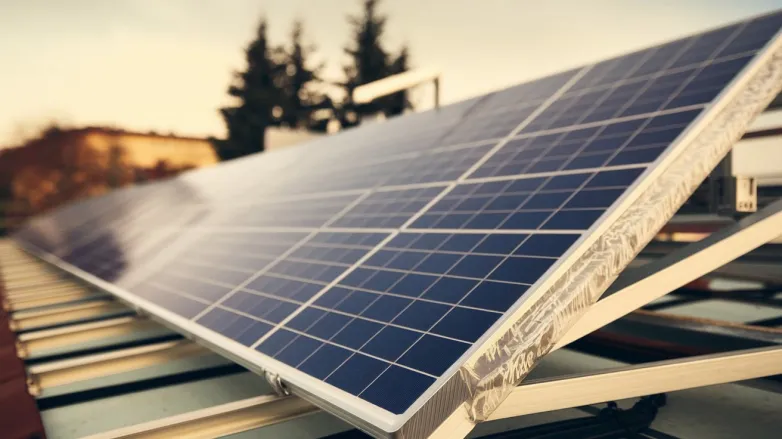Flexible Solar Breakthrough: 26.5% Efficiency Achieved
- Tokyo City University unveils a groundbreaking flexible solar cell with 26.5% efficiency, setting a new record in tandem solar technology.

Researchers at Tokyo City University have developed a flexible perovskite-silicon tandem solar cell with a record efficiency of 26.5%. The team achieved this by fabricating perovskite solar cells on thin, bendable silicon substrates, reducing the silicon thickness to 60 µm, and applying microtexturing and a low-refractive index-doped layer. The bottom cell, with 21.1% efficiency, was made thinner using potassium hydroxide etching, while a silicon nitride protective layer was added via chemical vapor deposition.
The top cell features a self-assembled monolayer, a perovskite absorber, and various coatings and layers to enhance performance. Tested under standard conditions, the cell achieved an open-circuit voltage of 1.83 V, a short-circuit current density of 17.9 mA/cm², and a fill factor of 81%. This marks the highest efficiency recorded for such flexible tandem solar cells.
How did Tokyo City University achieve a 26.5% efficiency in flexible tandem solar cells?
- Utilized advanced materials engineering to optimize light absorption and minimize energy loss.
- Implemented a novel interface engineering technique to improve charge carrier mobility.
- Developed a proprietary method for aligning the perovskite and silicon layers to enhance electron flow.
- Employed a unique encapsulation process to protect the cells from environmental degradation.
- Integrated a cutting-edge anti-reflective coating to maximize light capture.
- Conducted extensive simulations and modeling to refine the cell architecture for optimal performance.
- Collaborated with industry partners to scale up the production process while maintaining efficiency.
Also read

